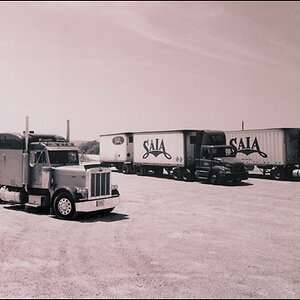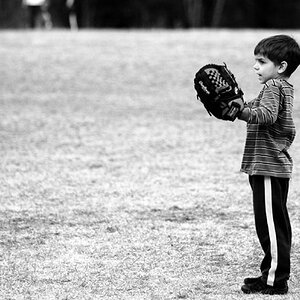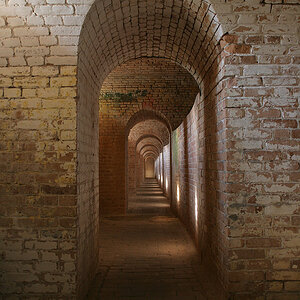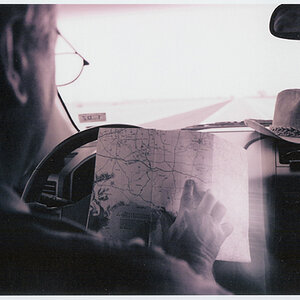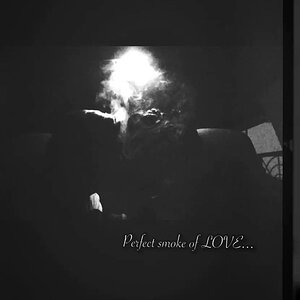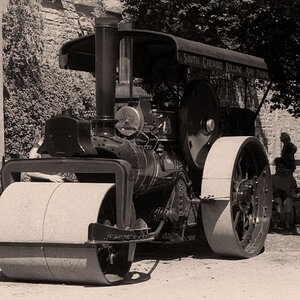Hi, I'm new to Photography, was wondering if any experts out there could help me out on these questions.
1. How do you check to see if the film is actually going through the camera after you put in a new roll?
2. Which step(of the ten) in developing film is critical?
3. And what are the (three) critical measures?
4. How do changes in these (above) effect the film?
5. List the F-Stops normally found on the average lens, in order (but not for a Zoom lens).
6. Which F-Stop lets in the most light?
7. What shutter speeds can you use for hand-held camera use?
8. What shutter speeds can you use with an electronic flash? How do you determine that for your camera?
9. What determines how much light reaches the film?(I think there are three things)
10. What should you avoid metering?(at least two examples)
11. What sort of thing would be best to meter in a subject?
12. If your camera's meter suggests F-16 at 1/500th of a second, what additional f-stop and shutter-speed combinations wiill let in the same amount of light?
13. If you want the background out of focus (example, for a portrait), what f-stop(s) might you select?
14. (For Above) What else could be done to keep the background out of focus?
1. How do you check to see if the film is actually going through the camera after you put in a new roll?
2. Which step(of the ten) in developing film is critical?
3. And what are the (three) critical measures?
4. How do changes in these (above) effect the film?
5. List the F-Stops normally found on the average lens, in order (but not for a Zoom lens).
6. Which F-Stop lets in the most light?
7. What shutter speeds can you use for hand-held camera use?
8. What shutter speeds can you use with an electronic flash? How do you determine that for your camera?
9. What determines how much light reaches the film?(I think there are three things)
10. What should you avoid metering?(at least two examples)
11. What sort of thing would be best to meter in a subject?
12. If your camera's meter suggests F-16 at 1/500th of a second, what additional f-stop and shutter-speed combinations wiill let in the same amount of light?
13. If you want the background out of focus (example, for a portrait), what f-stop(s) might you select?
14. (For Above) What else could be done to keep the background out of focus?



![[No title]](/data/xfmg/thumbnail/36/36102-8cd330c175e72b4b8009082908e60620.jpg?1619737346)
